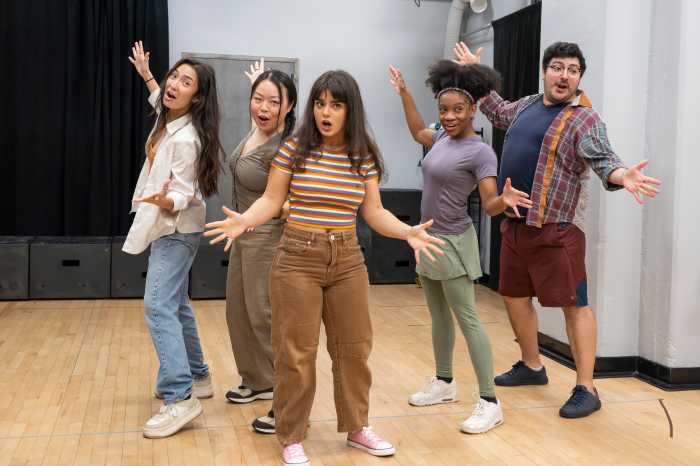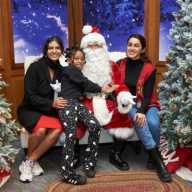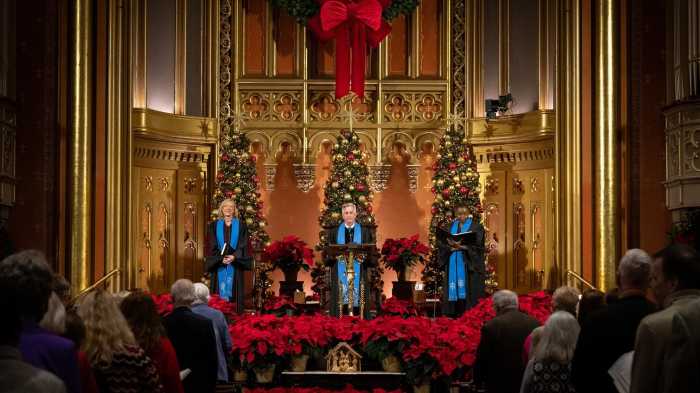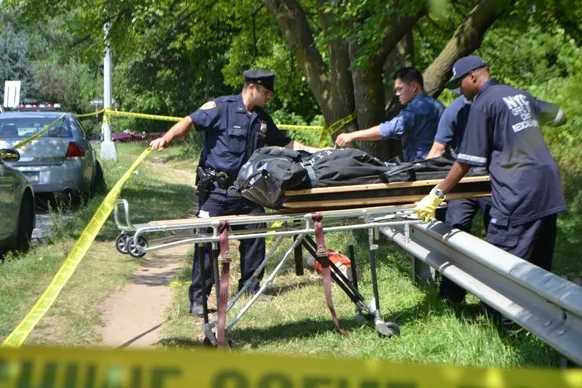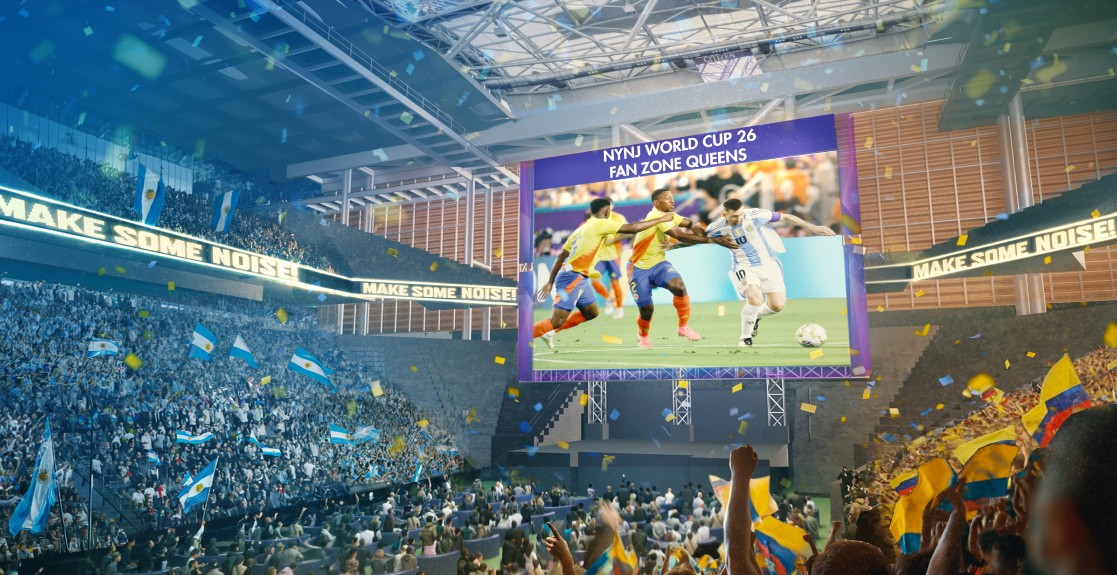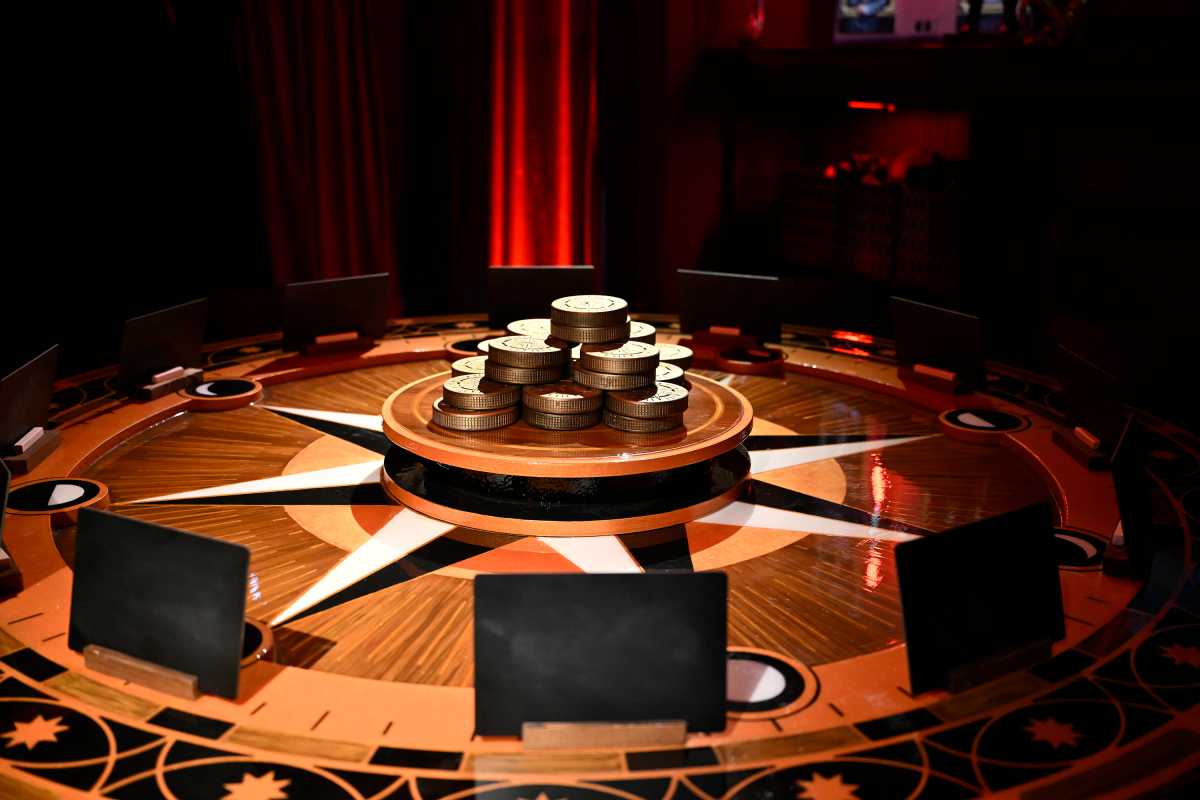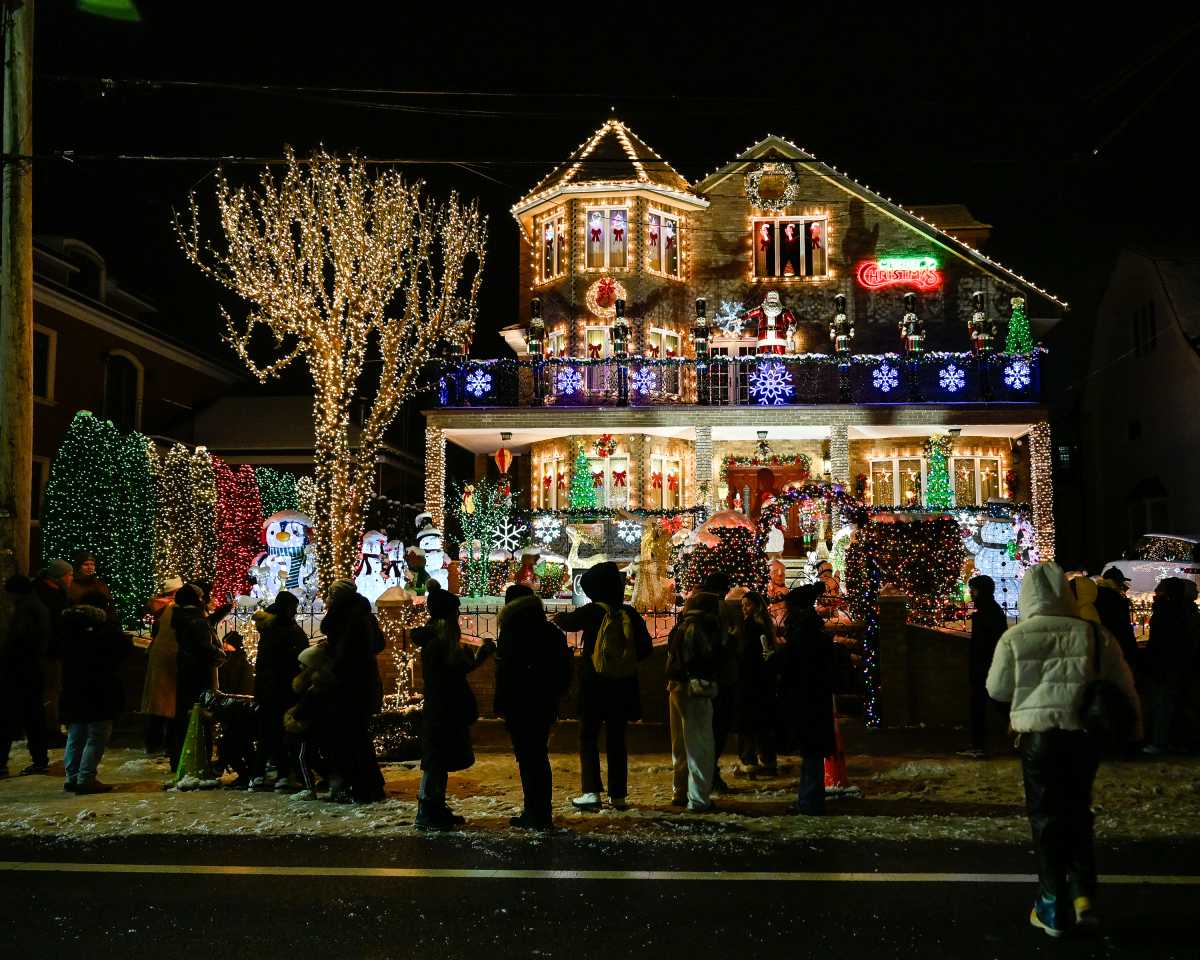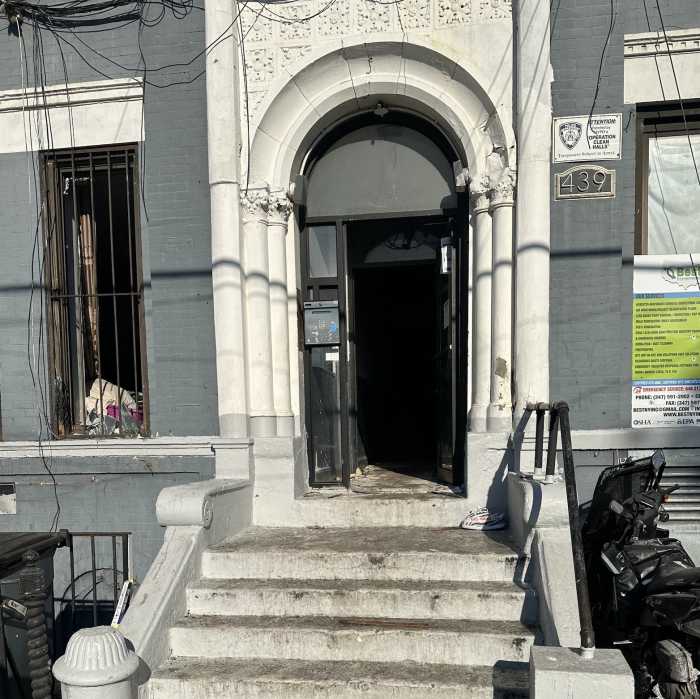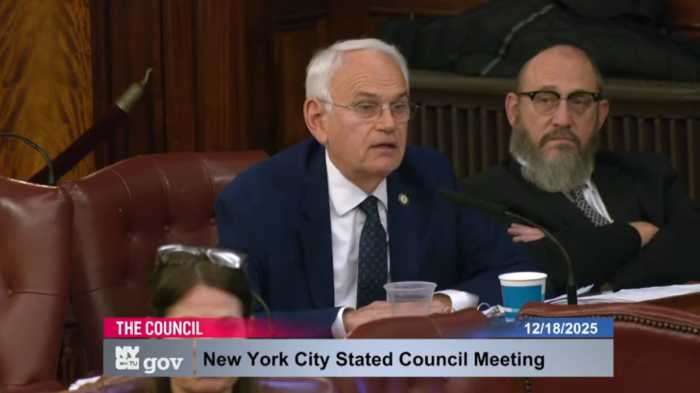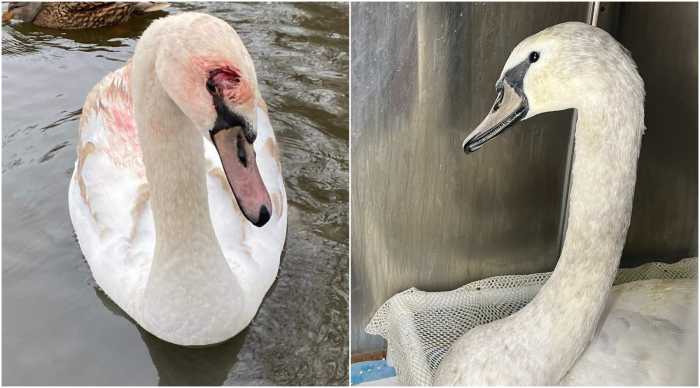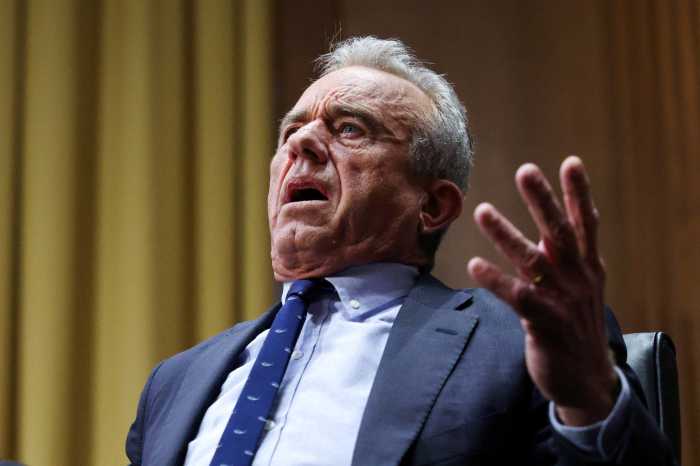New York’s Cardinal Timothy Dolan is among 10 Americans eligible to vote in next week’s Vatican conclave to elect the next pope — but don’t expect white smoke for the red, white, and blue contingent.
President Donald Trump quipped on Tuesday that “Pope Trump” would be his top pick, before giving a nod to Dolan, the leader of the Archdiocese of New York based at St. Patrick’s Cathedral. However, Catholic experts say the chances of Dolan or the other nine American Cardinals being selected are highly unlikely due to the perceived global influence already yielded by the US across different facets of society, on top of the newly diversified College of Cardinals voting in this conclave.
“I don’t think that a worldwide body of men representing all the countries that they do, especially the Third World ones, the global south cardinals, would want the hegemonic USA to have the economic and military power, and then also the ecclesial religious power,” Father Thomas Massaro, a professor of moral theology at Fordham University told amNewYork.
“Given the global dynamics, it seems very unlikely the U.S., despite its cultural power, would be given this role,” Kevin Ahern, a professor of Religious Studies at Manhattan University, concurred.
How the conclave works

Only cardinals under 80 can vote in the conclave that elects a new pope — a rule established in 1970 by Pope Paul VI to encourage the selection of younger, forward-looking candidates. At the time of Pope Francis’ death, there were 252 members of the College of Cardinals.
According to Vatican figures, 135 are eligible to vote in the upcoming conclave—two have dropped out so far due to illness. Massaro noted that many electors are new appointees under Pope Francis, who selected 108 of the 135 eligible cardinals. A two-thirds majority of the conclave, a centuries-old tradition dramatized in the movie of the same name, is needed to elect a pope.
Pope Francis’ appointments made the College of Cardinals more representative of the global Catholic Church, a hallmark of his legacy as the first pope from South America.
While Europe still has the largest share of cardinal electors, Asia now accounts for 17% of the voting body with 23 cardinals.. Some 70 countries are represented among the electors, while nations such as Mongolia, Rwanda, Haiti, and Sri Lanka are represented for the first time in the ancient democratic process.
Massoro noted that while 80% of the voters are Francis’ picks, they are not necessarily likely to vote for a candidate akin to the late pontiff’s legacy.
“I think most of them are moderates, maybe slightly more progressive than center,” said Massoro, noting that they were likely appointed for their openness to opposing views. “Every individual Cardinal has his mental landscape, his loyalties to his country and his culture. The men appointed Cardinals by Francis have a pastoral sensitivity, which I think, was the litmus test when Francis considered them.”
New holy ground

Following Pope Francis’s funeral on Saturday, the Catholic Church entered a nine-day mourning period that doubles as an informal campaign window.
Cardinals are using this time to share homilies, build coalitions, and lay out competing visions for the future of the Church — whether it continues Francis’ reformist path or shifts back toward tradition.
On May 7, the 133 cardinals under the age of 80 are expected to enter the Sistine Chapel, venue of the papal conclave since 1492, where they will be locked away from the outside world and influence. On the first day of the conclave, cardinals cast a single vote following a solemn Mass and ceremonial proceedings. After that, they hold up to four votes per day—two in the morning and two in the afternoon—until a two-thirds majority is achieved.
“If recent history is any guide,” Massaro said, “none of these went on for more than a week.” He expects the next pope to be chosen by day two or four of the voting process.
Kevin Ahern explained that Cardinals in Rome are currently participating in general congregations, where they meet to discuss the future of the Church before the formal conclave begins. Though not confidential, these sessions offer a chance for Cardinals to familiarize themselves with one another and share their views.
During this period, non-voting Cardinals can still influence the process, primarily through speeches and public masses, where they can present their vision for the Church.
‘Once it begins, they will not be able to communicate directly with the cardinal electors during that process. Their influence will be in whatever speeches or rousing speeches or masses they can do in the next few days,” said Ahern. “And there is a series of public masses happening each of these nine days. And the homilies for those masses are another chance for Cardinals to either make themselves known, or to win friends or lose friends, or to get their voices and key priorities communicated.”
Several Cardinals, including Luis Antonio Tagle (Philippines), Pietro Parolin (Italy), Peter Turkson (Ghana), and Peter Erdő (Hungary), have been mentioned in the media as potential frontrunners. However, Ahern cautioned against placing too much stock in these names, pointing out that self-promotion during the process is often frowned upon when it comes time to cast ballots.
“This is the sort of process that I think people on different ideological parts of the spectrum are going to realize that they don’t want someone seeking this,” said Ahern. “If Vegas betters are putting numbers on someone, it will probably not be them.”
Ahern expects the Cardinals to look for a Pope who can effectively communicate a vision for the future, manage the Church’s bureaucracy, and maintain holiness. Ahern stressed the importance of communication, noting that the next pope must be a master communicator, much like Pope Francis.
Like Massoro, Ahern believes the conclave process could take up to two days, and that a surprise candidate could emerge if no clear choice is made by day three.
When it comes to the voting, neither expert foresees the 10 U.S. cardinal electors voting as a bloc, citing ideological diversity among them, from progressive figures like Cardinals Blase Cupich of Chicago and Joseph Tobin of New Jersey to moderates like Cardinal Dolan.
While Italian candidates remain a possibility, especially those serving in top Vatican roles, Massaro noted that it has been over 40 years since an Italian last held the papacy.
Cardinal Parolin, the Vatican’s Secretary of State, is frequently mentioned as a frontrunner. Still, Massaro cautioned that the last person in that position to be elected pope was Pius XII in 1939.
Massaro also underscored that cardinals value spiritual depth and charisma in papal candidates, not just administrative or theological skill. He believes they will look for someone with “a warm smile and a friendly demeanor,” qualities that made Pope Francis beloved. “It’s not about ideology as much as personal qualities,” he said.
Ultimately, he said, the conclave is guided not just by deliberation but by faith: “It’s the Holy Spirit’s ultimate decision.”












